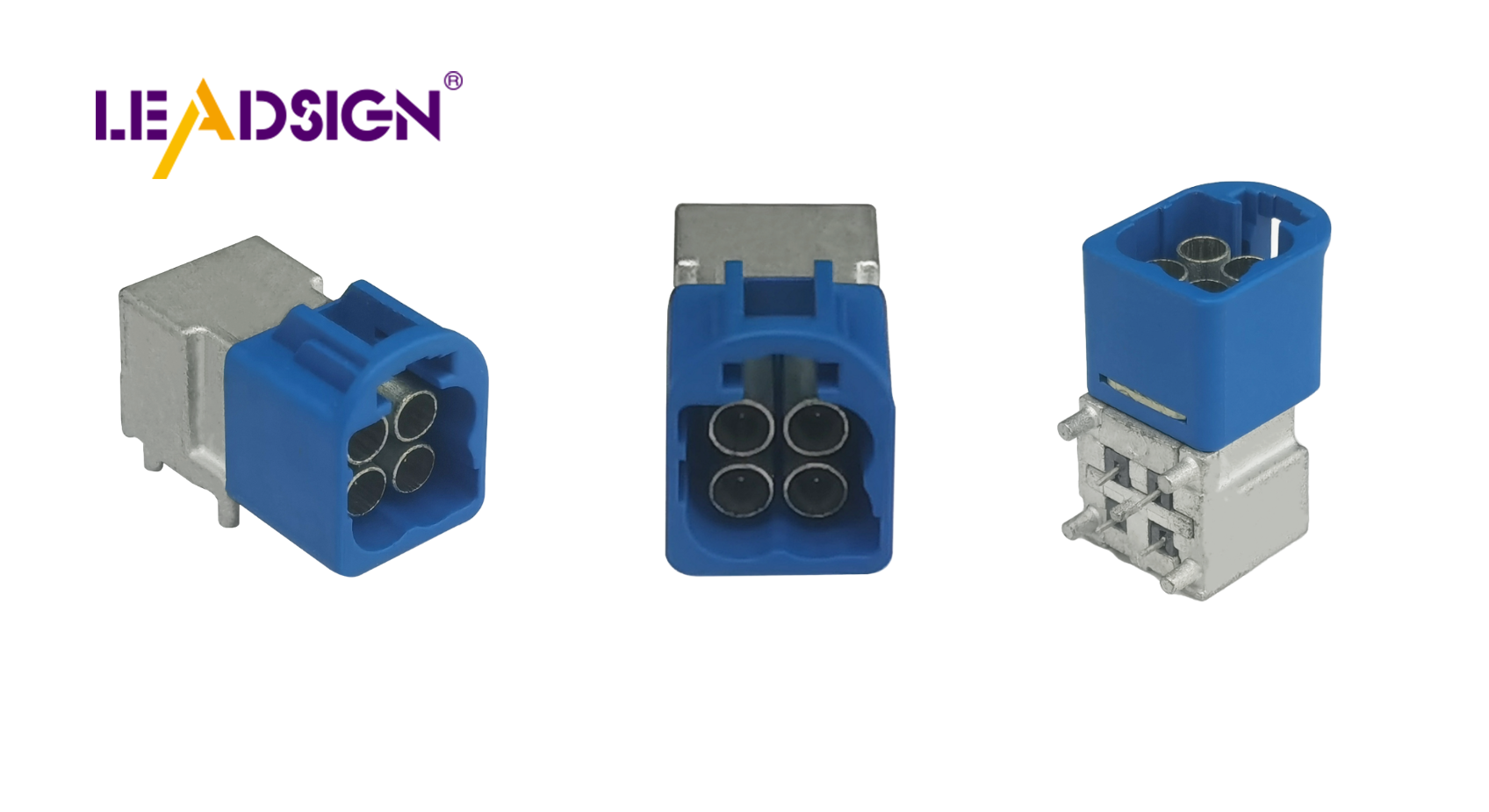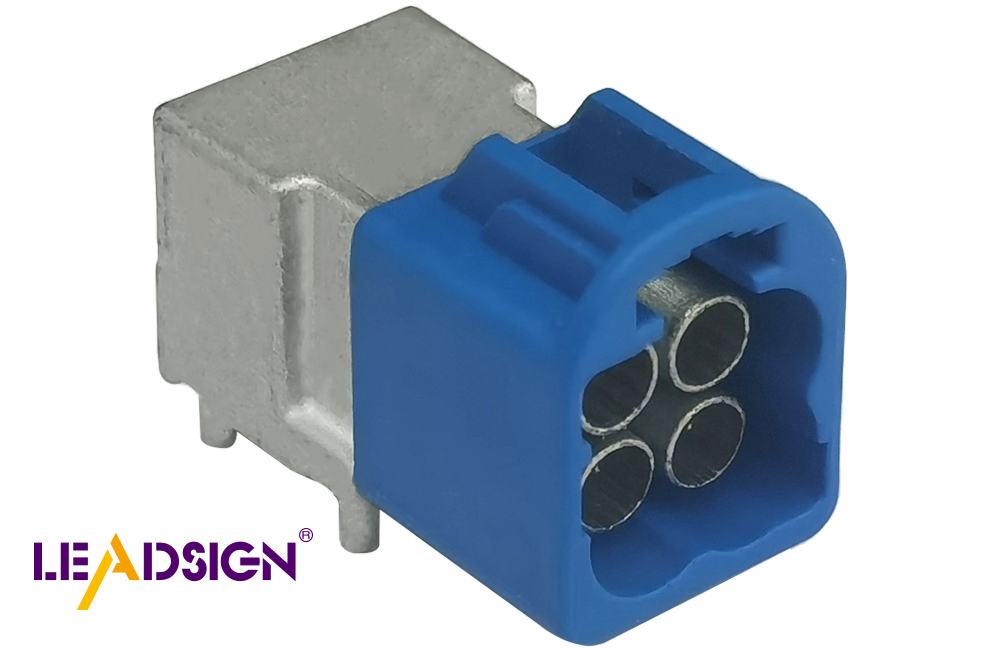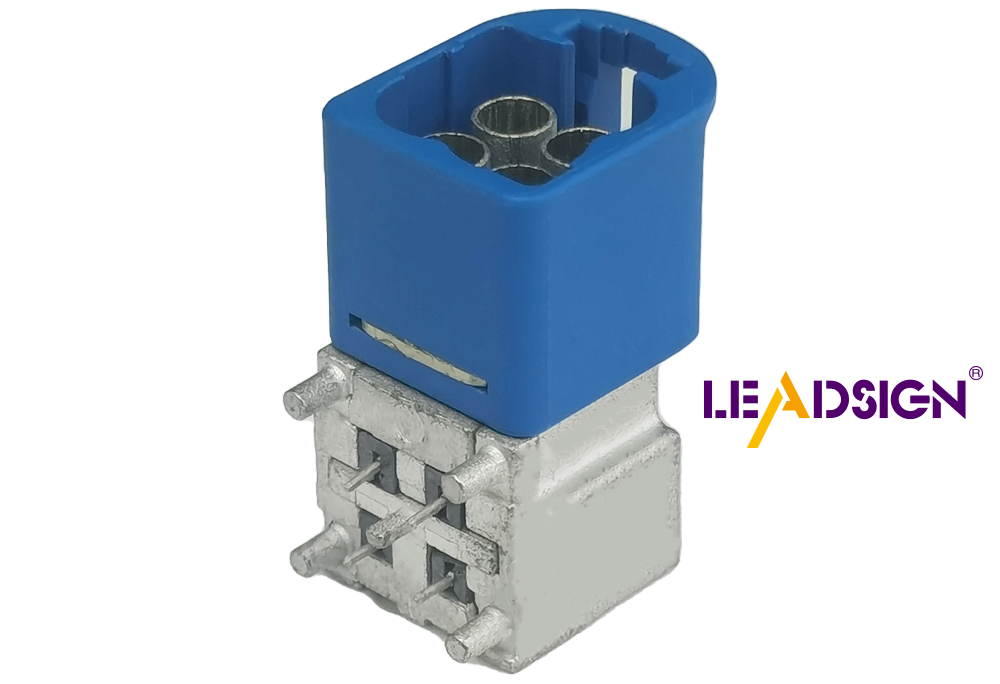Your Guide to Installing Car Wire Connector Types Efficiently

Installing automotive electrical connectors types correctly is crucial for maintaining your car's safety and performance. Using the appropriate connectors enhances your vehicle's electrical system and can save you money by reducing repair costs. A straightforward guide can help you navigate this process with ease. Let's explore how to install these connectors to ensure your car runs smoothly.
Getting Ready
Before you start, make sure you're ready. Being prepared helps you install car wire connectors easily.
Tools You Need
First, collect these important tools:
Wire Strippers and Cutters: These are needed to take off the wire cover without breaking it. They have strong tips to reach tight places.
Crimping Tools: Pick a crimping tool that fits your wire size. Crimp connectors are easy and reliable. They hold the wire tightly by squeezing around it. Get a kit with lots of pins and seals so you don’t run out.
Heat Guns or Soldering Irons: These tools make connections secure by shrinking tubes or soldering wires together for strength.
Staying Safe
Safety is very important. Follow these steps:
Disconnecting the Battery: Always unplug the car battery before doing electrical work. This stops short circuits and keeps you safe from shocks.
Wearing Protective Gear: Wear gloves and safety glasses to stay safe from sharp wires or hot tools.
Setting Up Your Space
A neat workspace helps a lot:
Keeping It Clean and Tidy: Keep your area clean. This helps find tools fast and prevents losing small parts.
Good Lighting and Airflow: Bright lights help you see better, while fresh air keeps fumes away when using heat guns or soldering irons.
By getting ready well, you'll do a good job installing. With the right tools, safety steps, and workspace setup, you're all set to work efficiently.
Understanding Automotive Electrical Connectors Types

Knowing about car wire connectors helps your car work well. Let's learn about common types and how to choose the right one.
Common Connector Types
You will see many connector types in cars. Each has a special job, so knowing them is important.
Butt connectors
Butt connectors join two wires. Put the wire ends into each side and crimp them. This makes a strong link. They are good for fixing or making wires longer.
Spade connectors
Spade connectors connect wires to things like switches. They look like forks, easy to attach and remove. Use them where you often disconnect wires.
Ring terminals
Ring terminals make a strong connection by bolting to posts. They are used for grounding or battery connections. The ring shape keeps it stable.
Choosing the Right Connector
Picking the right connector means more than choosing a type. Think about some factors for the best fit.
Matching wire gauge
First, match the connector with wire size. Wrong size can cause bad links and failures. Check wire size and pick snug-fitting connectors.
Considering environmental factors
Think about where you'll use the connector. In tough spots, like under hoods, use ones with good seals and vibration resistance. ITT Inc.'s Triton Series is great for harsh places, perfect for electric cars.
By knowing these car wire connector types and picking right ones, you keep your car's system reliable and efficient. This knowledge helps maintain your vehicle and avoids extra repairs.
Step-by-Step Installation Guide

Installing car wire connectors can seem hard. But simple steps make it easy. Let's learn how to connect wires well.
Preparing the Wires
Before adding connectors, get the wires ready. This is important for a strong link.
Stripping the wire ends
First, take off the wire cover. Use wire strippers to remove about half an inch of cover. Be careful not to cut the wire strands. This keeps them safe and ready to connect.
Twisting and aligning wires
After stripping, twist the wire strands together. This keeps them tidy and stops fraying. Line up the wires so they fit in the connector well. Good alignment makes a strong connection.
Attaching the Connector
With wires ready, add the connector now. This is where things come together.
Inserting wires into the connector
Put twisted wire ends into the connector fully. A good fit is key for a strong connection. If using butt connectors, put each wire in its side.
Crimping or soldering the connection
Now secure it tight. Use a crimping tool to squeeze around the wire firmly. Or use heat with a soldering iron to melt solder on it. Both ways make a strong hold, but crimping is faster and easier for new users.
Securing the Connection
After attaching, protect your connection from outside harm.
Using heat shrink tubing
Slide heat shrink tubing over it all. Use a heat gun to make it tight around everything. It keeps out water and dirt too! It's an easy step that adds strength.
Ensuring a tight fit
Lastly, check if it's tight enough by gently pulling on wires. A snug fit means your car connectors are done right! This last step ensures they stay put over time.
By following these steps, you install car connectors safely and well! Your vehicle's electrical system will work smoothly now.
Testing and Troubleshooting
After putting in your car wire connectors, make sure they work well. Testing helps find problems early, keeping your car's electrical system strong.
Checking Connections
Checking connections is like a final review. Ensure everything is connected right and works fine.
Using a Multimeter
A multimeter checks electrical connections. It measures voltage, current, and resistance. Here's how to use it:
Set the Multimeter: Turn the dial to the right setting. Use voltage or continuity for most tests.
Test the Connection: Put probes on connector ends. For voltage, check if it matches your car's needs.
Read the Results: A steady number means a good connection. If numbers change or show zero, there might be an issue.
Checking for Continuity
Continuity tests make sure electricity flows well through wires. This test is easy and useful:
Prepare the Multimeter: Set it to continuity mode. You'll hear a beep when there's a full path.
Connect the Probes: Touch probes to both ends of wire or connector.
Listen for the Beep: A beep means it's good; no sound means a break in wire.
Common Problems and Fixes
Even with care, problems can happen. Knowing common issues helps fix them fast.
Loose Connections
Loose connections cause power loss or signal failure sometimes. To fix this:
Re-crimp or Re-solder: Make sure wire is tight on connector using crimping tool or soldering iron.
Check the Fit: Ensure connector fits tightly in socket; loose fit can disconnect.
Stopping Corrosion
Corrosion harms electrical connections, especially in wet places like cars near salt roads. Prevent it by:
Use Dielectric Grease: Put some on connectors as moisture barrier.
Seal with Heat Shrink Tubing: Cover joint with tubing after connecting for extra protection.
By testing and fixing connections, you keep your car’s electrical system reliable. Electrical connectors are key for smooth power and signals in your vehicle's performance!
Using the correct tools is very important for car connectors. It keeps your car safe and working well. Always think about safety and doing things right. This way, you keep your car in good shape for longer.
Share what you know in the comments. Your ideas can help others with their work. One happy person said, "No problems at all, easy install. Everything works great." Your thoughts matter a lot!
See Also
Understanding Ford Fakra Connectors: A Comprehensive Overview
Enhancing Automotive Performance Using HFM Connectors Effectively
Fundamentals of HSD Connectors for Automotive Applications
Improving Data Transmission in Vehicles with Advanced Connectors

